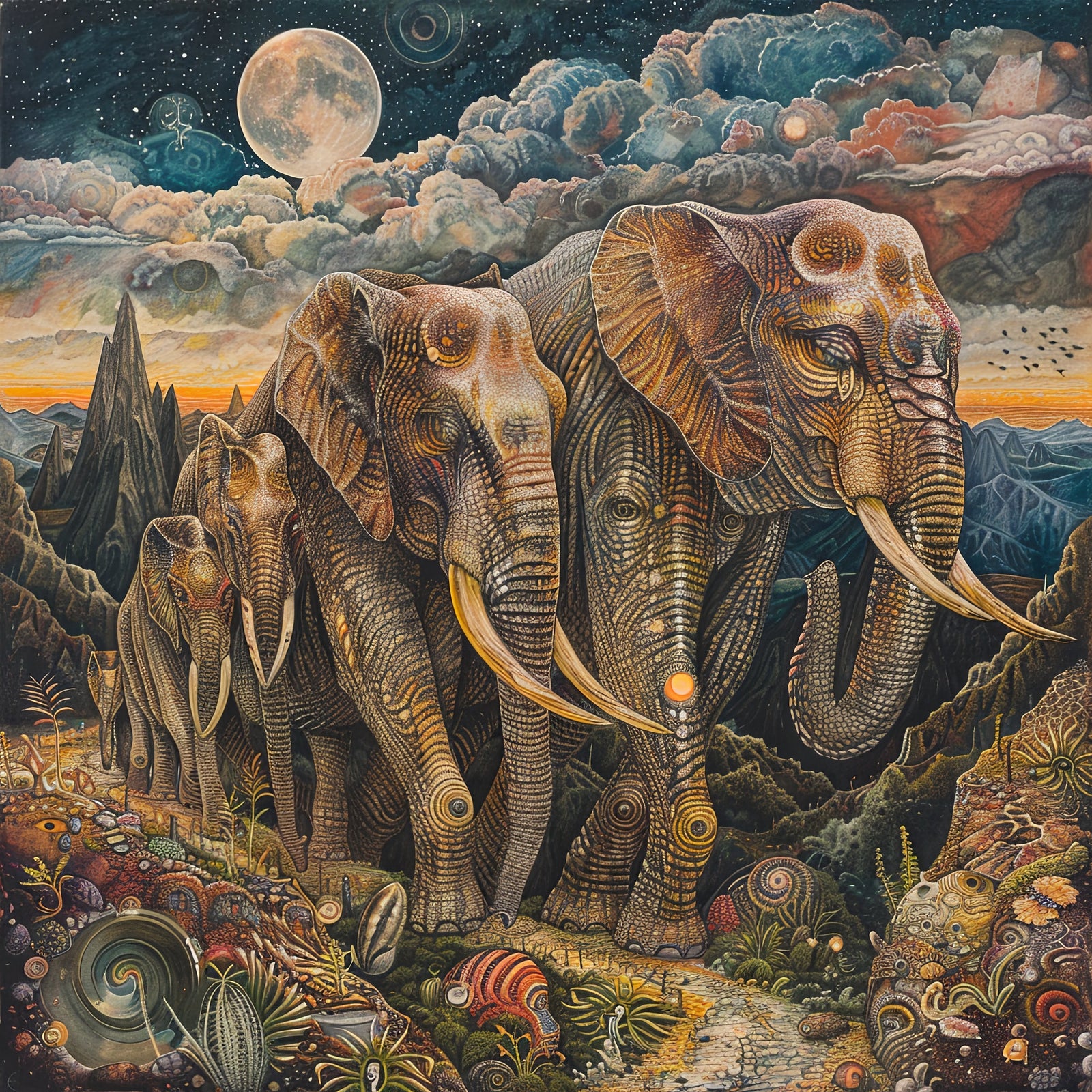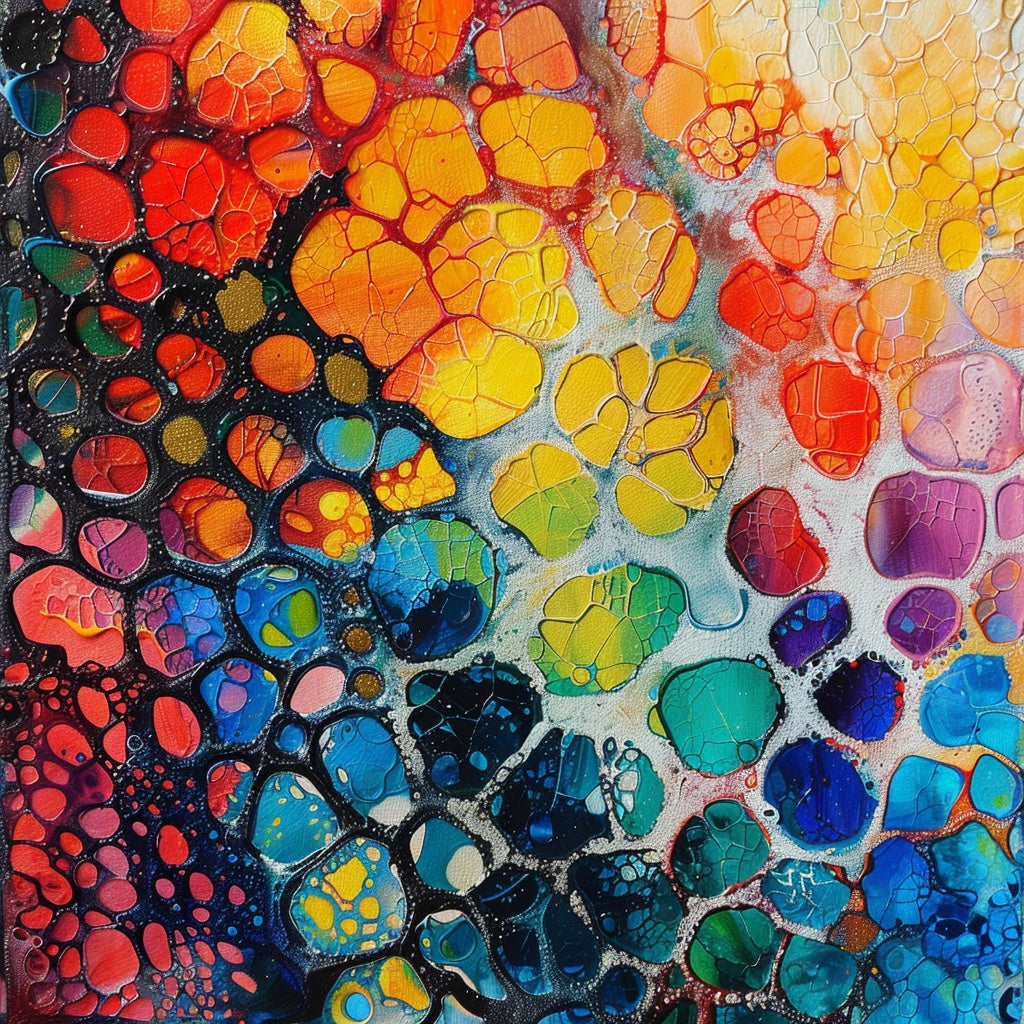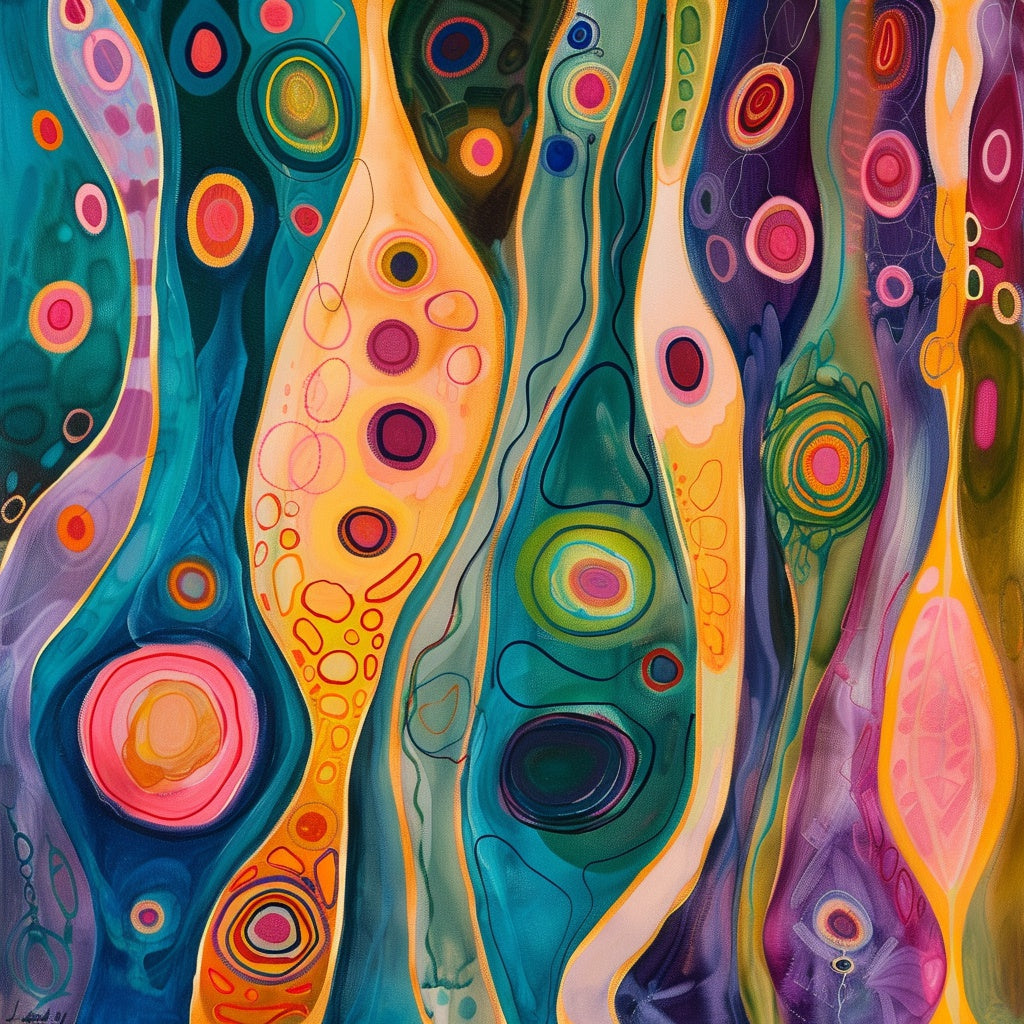The Creative Revolution: AI Art with Large Language Models
The art world is undergoing a profound transformation fueled by the rise of artificial intelligence (AI). Large language models (LLMs) play a pivotal role in this creative revolution among the various AI technologies. These advanced systems, known for their ability to understand and generate human-like text, are now used to create art, opening up exciting new possibilities for artistic expression. This blog post explores the fascinating intersection of LLMs and art, delving into the techniques, examples, and platforms shaping creative endeavors' future.
Table of Contents
- How LLMs Generate Images
- Techniques for AI Art Generation with LLMs
- Examples of AI Art Created with LLMs
- Accessing LLM-Powered AI Art Generation Platforms
How LLMs Generate Images
While LLMs are adept at understanding and generating human language, they do not directly create images. Instead, they are a crucial bridge between your creative ideas and specialized AI models focusing on image generation. These image generation models, often based on a technique called diffusion, learn to create images by reversing a process of adding noise to a dataset of pictures.
The Diffusion Process
Imagine taking a clear photograph and gradually adding digital "static" until it becomes pure noise. Diffusion models learn to reverse this process. They start with random pixels and refine them until a coherent image emerges. This is done by predicting the amount of noise in different parts of the image and iteratively subtracting it. Think of it like sculpting, starting with a block of stone and chiseling away to reveal the figure within. The model learns how to chisel away the noise, guided by your text prompt.
The Role of LLMs and CLIP
The text prompt you provide is where the LLM comes into play. LLMs analyze your written descriptions and translate them into a format the image generation model can understand. This is facilitated by Contrastive Language-Image Pre-training (CLIP), a technique that associates images with words. CLIP allows the AI to connect your textual descriptions to visual elements. For example, if your prompt is "a cat sitting on a windowsill," CLIP helps the AI understand the relationship between the words "cat" and "windowsill" and their visual representation. This enables the AI to generate an image accurately reflecting your description.
Integrating LLMs with diffusion models and CLIP allows detailed control in AI art generation. Instead of a simple request like "a cat," you could use a detailed prompt such as "a fluffy Persian cat sitting on a windowsill, bathed in warm sunlight, with a curious expression, in the style of a Renaissance painting." The LLM analyzes this, identifies key elements, and guides the image generation model to create a picture matching your description. This is like having a skilled artist who can translate your vision into a painting.
Techniques for AI Art Generation with LLMs
Creating compelling AI art involves more than just providing a basic description. Several techniques can be used to refine the process and achieve more sophisticated results.
Prompt Engineering
Crafting effective prompts is crucial for guiding the AI. This involves using specific keywords, phrases, and details to convey your vision accurately. Instead of "a cat," try "a tabby cat with green eyes, sitting on a red velvet cushion, in the style of an oil painting by Van Gogh." The more specific you are, the better the AI can understand and fulfill your creative requests. This is like giving precise instructions to a chef for a custom dish.
Negative Prompts
Specifying what you don't want to see can help refine the output. For example, use "blurry" as a negative prompt to avoid blurry images. This is akin to specifying ingredients you dislike in your custom dish, ensuring the chef doesn't include them.
Style Transfer
LLMs can analyze and understand different artistic styles, allowing you to apply the style of a famous painter or art movement to your generated images. You could generate an image in the style of Picasso or Impressionism. This is like asking the chef to cook a dish using a specific style of cuisine, such as Italian or Japanese.
Image Manipulation
LLMs can be combined with editing tools to refine and enhance generated images. This includes in-painting (filling in missing parts of an image), upscaling (increasing resolution), and adjusting colors and textures. For example, you can use in-painting to add a missing element to a generated image or upscale a low-resolution image to create a high-quality print. This is like fine-tuning a dish to perfection by adding finishing touches and adjusting the seasoning.
Combining Platforms
Different AI art generation platforms have unique strengths and weaknesses. Combining platforms can lead to more sophisticated and polished results. For instance, you can use Jasper to create an initial image and refine it with Midjourney. This is like collaborating with multiple chefs, each bringing unique skills and techniques to create a masterpiece.
It is important to know that LLMs are not limited to generating images from scratch. They can be used to manipulate and enhance existing images. This creates even more creative possibilities, allowing you to seamlessly blend AI-generated elements with your photographs or artwork.
Examples of AI Art Created with LLMs
The applications of LLMs in AI art are incredibly diverse. Here are some examples of how artists and creators are using this technology:
Photorealistic Images
LLMs can generate images that are nearly indistinguishable from photographs, capturing intricate details and realistic lighting. Imagine creating a portrait of a person who doesn't exist, with lifelike features and expressions.
Concept Art
Filmmakers and game developers use LLMs to visualize characters, environments, and scenes, streamlining the creative process. Instead of spending hours sketching, they can quickly generate a range of concepts from text descriptions.
Abstract and Surreal Art
LLMs can create images that defy traditional artistic conventions, exploring new forms of visual expression. Imagine generating a dreamlike landscape with floating islands or a portrait that unexpectedly blends human and animal features.
Personalized Art
LLMs can create art tailored to individual preferences, incorporating specific elements and styles. Imagine generating a portrait of yourself in the style of your favorite artist or a landscape that captures the essence of a cherished memory.
To illustrate the power and versatility of LLMs in AI art, here are some specific examples of AI-generated art:
- "Portrait of Edmond de Belamy": This AI-generated portrait, created by the Obvious collective, was the first of its kind to be sold at a Christie's auction, fetching a remarkable $432,500.
- DeepDream: This project by Google uses algorithmic pareidolia to create dream-like, psychedelic versions of existing images.
- "Neural Zoo": This collection of AI-generated images by Sofia Crespo reimagines the natural world, creating fantastical creatures and hybrid organisms.
- "The Next Rembrandt": This project used deep learning algorithms to create a new painting in the style of the Dutch master Rembrandt.
These examples demonstrate the diverse range of artistic expression that LLMs can facilitate, from photorealistic imagery to abstract and surreal creations.
Accessing LLM-Powered AI Art Generation Platforms
Several platforms provide access to LLM-powered AI art generation tools. Here are some notable examples:
- Bing Image Creator: This platform, accessible through Bing search or its dedicated website, offers a user-friendly interface for generating images from written descriptions. It's a great starting point for beginners who want to explore the capabilities of AI art.
- Midjourney: This popular platform uses Discord as its interface. To access Midjourney, you must join their Discord server and use specific commands to generate images. It's known for its artistic and often surreal outputs.
- DALL-E 2: Developed by OpenAI, DALL-E 2 is known for its ability to generate high-quality images from detailed and complex prompts. It offers a web-based interface and a token system for accessing its features.
Each platform has its own unique strengths and limitations, and experimenting with different platforms can help you find the best fit for your creative needs.
The rapid advancement of AI art, as seen in projects like Deeply Artificial Trees and the evolution of DeepDream, highlights the transformative potential of this technology. As LLMs evolve, we can expect even more innovative and sophisticated applications in art. This raises important questions about the evolving role of artists in this new landscape. Will AI become a collaborative tool that enhances human creativity, or will it fundamentally change the way we define and experience art?
The future of art in the age of LLMs is full of possibilities and challenges. By fostering open dialogue and promoting responsible innovation, we can ensure that this technology empowers artists and enriches the creative landscape for everyone.
Footnotes:
1 How to train your own AI image models without breaking the bank - YouTube
2 I want to understand how AI image generators and LLMs work: r/aiwars - Reddit
3 ELi5: Absolute beginner's guide to getting started in AI Image generation. : r/StableDiffusion
4 Learn the language of AI image generation - The Krehbiel Group, LLC
5 Exploring Open Source LLM for Image Generation - BotPenguin
6 Large language models (LLMs) vs generative AI: what's the difference? - Algolia
7 10 Mind-Blowing Examples of AI-Generated Art - ClickUp
8 10 Mind-Blowing Ideas Generated by AI: Exploring the Capabilities of Generative Models
9 How Does AI-Generated Art Work? | Built In
10 Unveiling the power and limitations of large language models - 6Clicks
11 Ethics and Costs - Generative AI - Research Guides at Amherst College
12 The Ethical Implications of AI on Creative Professionals | by Dirk Steynberg - Medium
13 Alexander Reben's AI-Generated Art - Squarecylinder.com – Art Reviews | Art Museums | Art Gallery Listings Northern California



Leave a comment (all fields required)